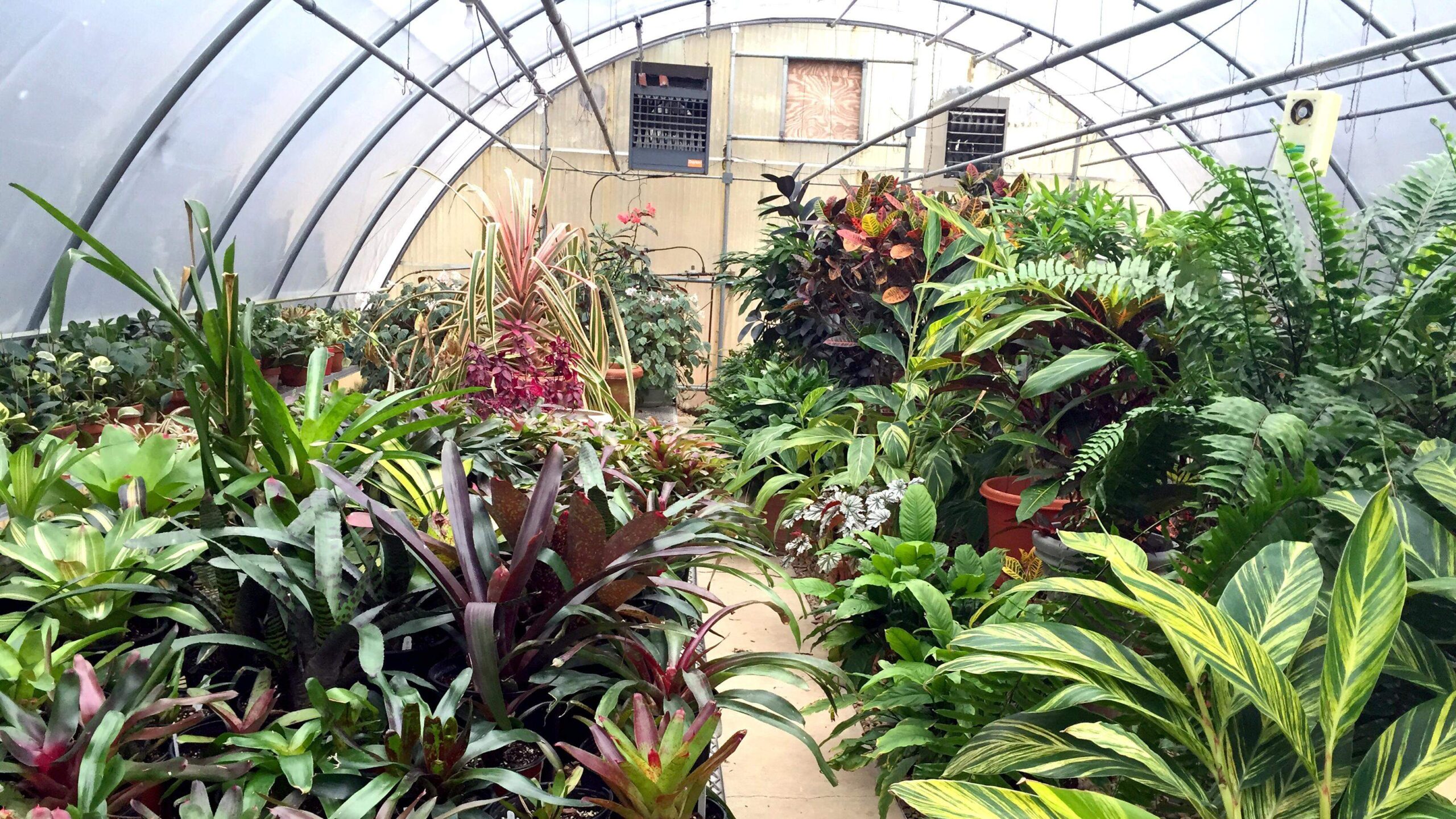I was a young gardener. Barely 13. Every spare moment that summer I’d spent tending my gardens, trying new plants I’d read about in catalogs, getting Mom and Dad to drop me off at what few nurseries and greenhouses we had in College Station and Bryan back in those days. Gardening had already become my passion, and it filled my mind from dawn until bedtime.
At the same time, I was mowing yards over on the east side of my then-little hometown, pulling our mower behind my bike several hours each day. I saved half of my money, and I spent the rest buying seeds and plants. By the end of the summer my catalogs were tattered and worn. I watched the mail every day for the next year’s editions while I took care of the present year’s plants.
But then, as October rolled into November, I realized that all my plants were soon going to be lost. Even in South Central Texas a first freeze was inevitable. I watched the crews at Texas A&M changing out their summertime color, and I realized all my prized plants would soon be lost.
Lucky for me, my dad, a Ph.D. botanist, also enjoyed gardening. However, his passion was native range plants of West Texas. His career was spent helping the sheep and goat raisers with plants poisonous to their livestock. He saw my anguish as cold began to threaten my treasures, and he and I hastily built an 8 by 20 foot polyethylene greenhouse in our backyard.
That greenhouse was my pride and joy. I spent most of the winter in that little greenhouse starting new plants and caring for those I’d saved from the past year.
The next year Dad helped me build a larger greenhouse attached to our garage — his workshop. I spent hours each evening out there while he was working with his projects just 5 or 10 feet away on the other side of the wall. Those are great memories.
But, back to the topic of the time — I still lament the night of the first killing freeze. It’s coming up soon here in the Metroplex where our family has lived for the past 55 years. The average date is somewhere around mid-November, but if you’re outside the urban heat pockets of concrete, that can be several weeks earlier. It’s happened as early as late October in recent years.
What really used to bother me would be to go to bed with the echoes of the weather forecaster ringing in my ears, “Lows tonight near 32F.” That meant that a killing frost or freeze could very well ruin all the tender plants in our gardens. Plants like basil, coleus, tomatoes, peppers, begonias, copper plants and others might not be there to greet me the following morning. Vincas, caladiums and other sub-tropicals that need warmth go downhill even sooner.
I wanted to go out and attempt to save all that summer beauty — to protect it forever. Thirteen-year-olds haven’t been hit by the club of practicality yet. So, I busied myself in taking as many cuttings as possible. I ended up with more cuttings than my little greenhouse could handle. By mid-December, when they all had rooted and I had to find space for all those pots, I came to the reality that you really just want to save those plants that are very special to you emotionally or that would be impossible or difficult to find again in subsequent springs. You don’t need to save everything. You just can’t do it.
The plants that still do bother me when first frost comes through — the ones I always wish I could pluck out and save in the big commercial plantings — are woody types like crotons and tropical hibiscus. It’s difficult to carry those through the winter inside a house or apartment, and a garage is most definitely not a consideration, but for anyone who has a greenhouse, the trick is to grow those in nursery pots, then lift them out of the ground, still in their pots, and bring them into the greenhouse when it turns cold. And a trick within that trick, remember to rotate the pot every couple of weeks during the growing season to break the roots that might be trying to grow out into the bed.
All those memories came back to me at 2:30 one morning earlier this week. Those emotions run deep. I’m having to make the same decisions now as to which plants I’ll save and which I’ll let go to be replaced for another season.
I console myself with the fact that we have a boatload of great options of cool-season color, and their planting season has already begun. Are you aware that pansies are the best-selling annual flowers in Texas? That’s how great your choices are. Breeders have brought us myriad colors and flower sizes. Planted now, pansies and their little sisters, the violas, will flower all the way into mid-spring. As will garden pinks, the next most cold-hardy annuals. And ornamental cabbage and kale, snapdragons, sweet alyssum, and the list goes on and on.
The takeaway from all this, then, is to get yourself a hobby greenhouse so you can save those plants that are most critical to you and then plant, too, for a full winter season of color to follow up what you’ve worked so hard to nurture during this summer.
Gardening in Texas is great, and it can stretch all through the 12 months of the year. Even past that first freeze of the fall.

